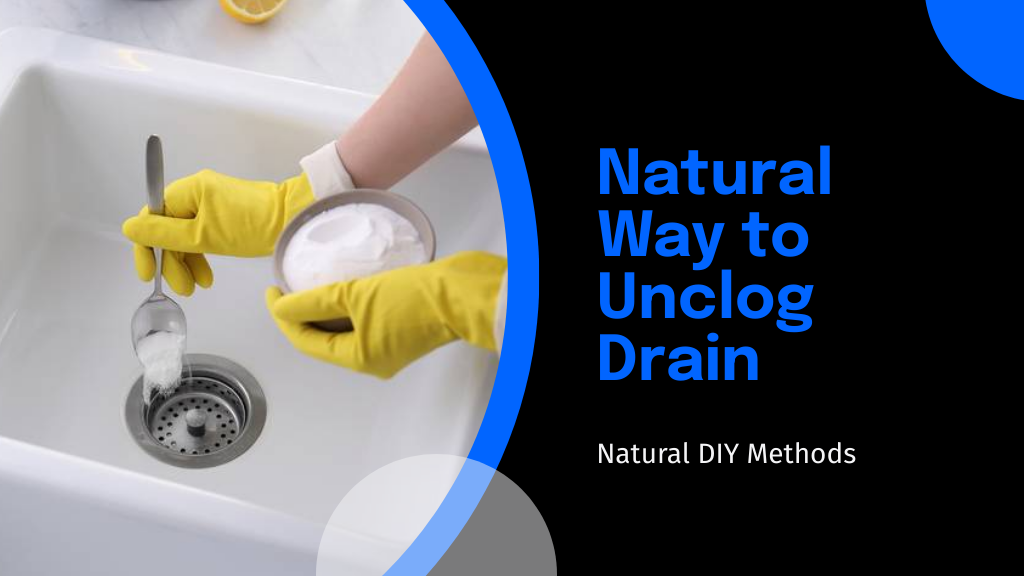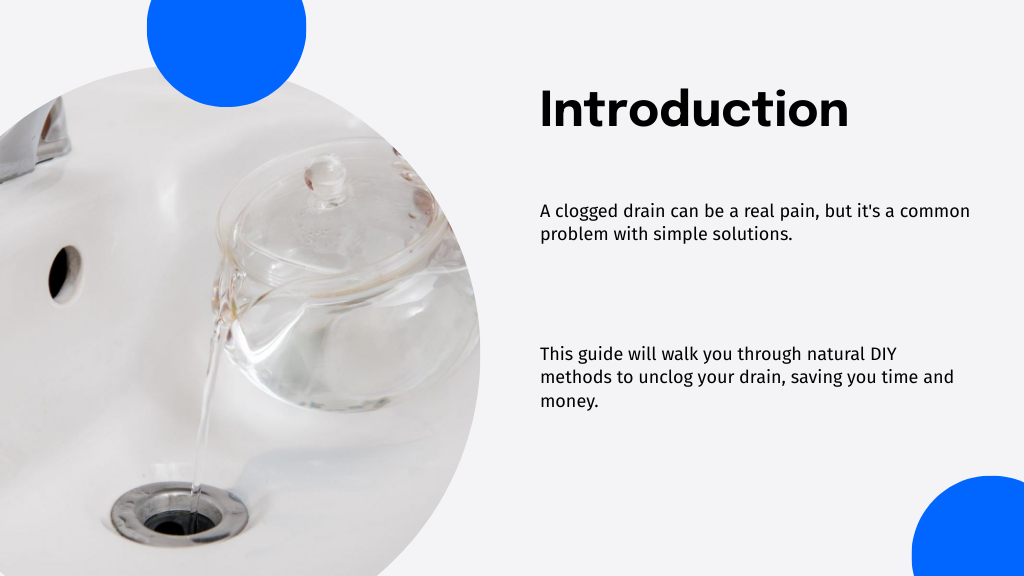
You can easily unclog your drain with natural DIY methods. Start by pouring a mix of baking soda and vinegar down the drain, let it fizz for an hour, then flush with hot water. For stubborn clogs, try a blend of salt, borax, and vinegar, or use a plunger for immediate results. Don't forget, a wire hanger can be handy to remove any lingering debris. Explore these simple yet effective tips to keep your drain flowing smoothly.
The Power of Boiling Water
One of the simplest and most effective methods to clear a clogged drain is using boiling water. When you're dealing with a blocked sink, this remedy can work wonders.
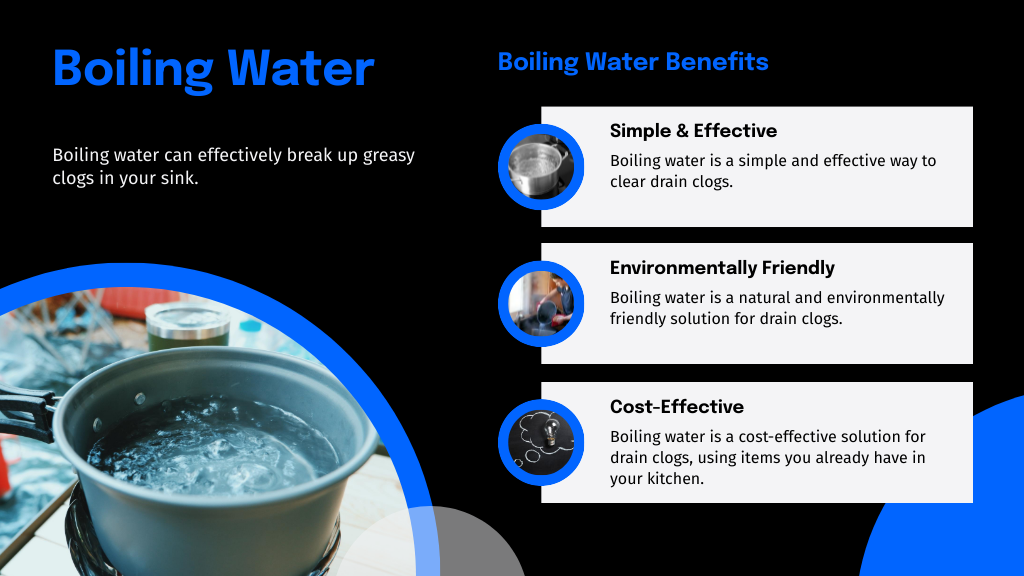
Just boil a pot of water and pour it directly down the drain. The intense heat often breaks up the greasy substances, causing the blockage.
Boiling water can effectively dissolve greasy clogs in your sink, simply by pouring it down the drain.
For tougher clogs, you might need to repeat the process a few times. It's a safe, quick, and eco-friendly choice among home remedies for clogged sinks. Furthermore, it's especially handy because it uses items you've already got in your kitchen.
Baking Soda and Vinegar: A Dynamic Duo
If you're looking for another effective method to unclog your drain, consider the combination of baking soda and vinegar. This dynamic duo is a staple in home remedies for stopped-up sinks, offering a natural way to unclog drains without harsh chemicals.
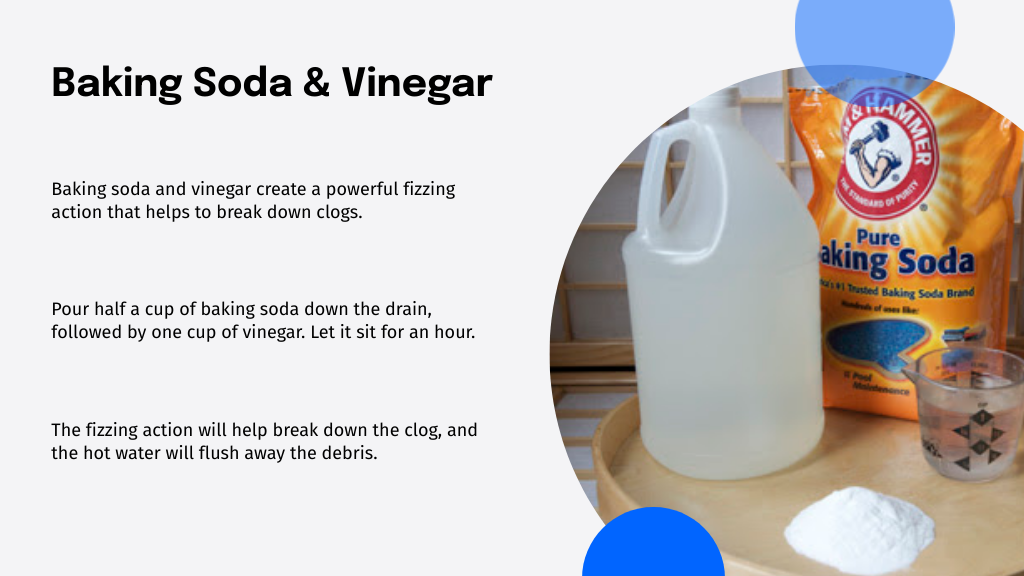
Here's how to unclog a drain naturally using these ingredients:
- Pour: Start by pouring about half a cup of baking soda directly into the drain.
- Follow Up: Immediately add one cup of vinegar, creating a fizzing action that helps break down clogs.
- Wait: Let the mixture sit for an hour to maximize its cleaning power.
- Flush: Finally, flush the drain with hot water to clear out any remaining debris.
This simple, effective method saves your pipes and your wallet.
Salt, Borax, and Vinegar Mixture
Next, let's explore how a mixture of salt, borax, and vinegar can effectively unclog your drain. You'll find that this combination of ingredients works wonders when applied correctly. Stay tuned as we break down the steps to properly use this potent mix in your pipes.
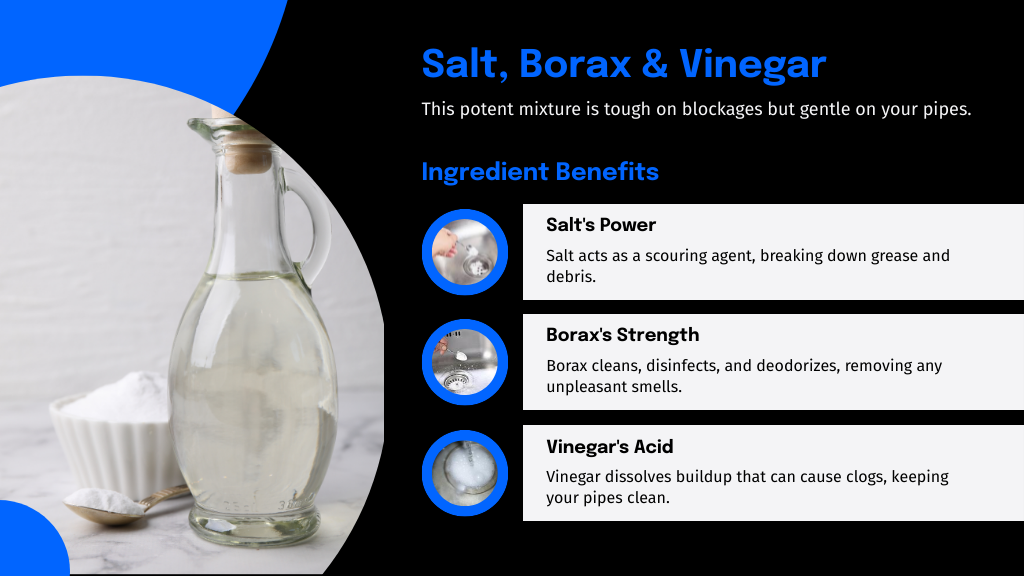
Effective Ingredients Combination
A simple trio of household items — salt, borax, and vinegar — can work wonders on your clogged drain. When combined, these ingredients create a solution that's tough on blockages but gentle on your pipes.
Here's why this mixture is your go-to choice:
- Salt: Acts as a scouring agent to break down grease and debris.
- Borax: Known for its cleaning power, it helps to disinfect and deodorize the drain.
- Vinegar: Its acidic nature dissolves buildup that can cause clogs.
- Eco-Friendly: Unlike harsh chemical cleaners, this mixture is safe for the environment and your home's plumbing system.
You'll be surprised at how effective this natural solution can be in maintaining clear and clean drains.
Application Process Steps
Now that you're familiar with the powerful combination of salt, borax, and vinegar for unclogging drains, let's get into how you can apply this mixture effectively. Start by boiling a pot of water. While it's heating, mix half a cup of salt with half a cup of borax in a bowl.
Add one cup of vinegar to the mix and stir until it's well combined. Pour this fizzing solution directly down the clogged drain. Wait for about 30 minutes; during this time, the mixture will work to break down the gunk and grime. Finish by flushing the drain with the boiling water. This should clear up the blockage and leave your drain running smoothly.
Dish Soap and Hot Water Technique
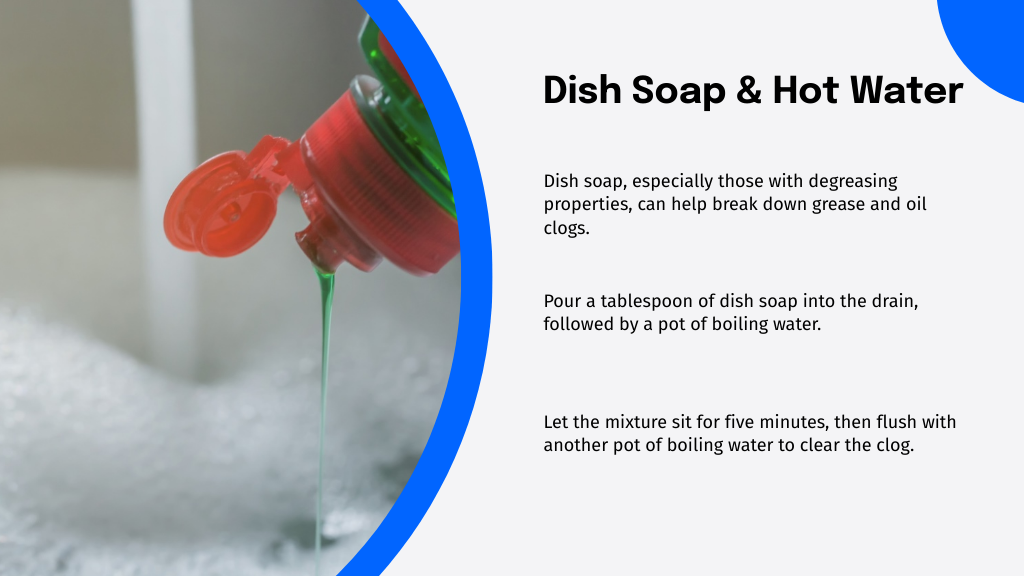
As you shift to the dish soap and hot water method, it's critical to select the right type of soap that can effectively cut through grease. Make sure you boil enough water to thoroughly flush the drain after application. This simple yet effective approach involves pouring the soap down the drain, followed by the hot water to clear out the clog.
Choose Suitable Dish Soap
Choosing the right dish soap is essential when using the dish soap and hot water technique to unclog your drain.
Here's what you should look for in a dish soap:
- Degreasing Properties: Opt for a soap known for its grease-cutting power, as it'll effectively break down the oily residues that are likely clogging your pipes.
- Eco-Friendliness: Consider soaps that are biodegradable and free from harsh chemicals, protecting both your pipes and the environment.
- Scent: Choose a mild scent to avoid overwhelming fumes when mixed with hot water.
- Consistency: A thicker soap is preferable as it clings to blockages better, allowing for more effective unclogging.
With the right soap, you're set to tackle that stubborn drain clog.
Boil Adequate Water
You'll need to boil enough water to effectively work with the dish soap in clearing your drain. Start by filling a large pot with water—typically, a half-gallon or more, depending on the severity of the clog.
The water must be boiling hot, as the high temperature helps to melt away greases and oils that might be lining your pipes, making it easier for the dish soap to do its job. Ensure your safety by using a pot with a handle and wearing gloves or using oven mitts when handling the hot container.
Apply and Flush Method
After boiling your water, it's time to put the Apply and Flush Method into action. This simple yet effective technique uses items you've likely got in your kitchen, aimed at tackling those stubborn drain clogs.
- Pour Dish Soap: Squeeze about a tablespoon of liquid dish soap directly into the drain. The soap acts as a lubricant, helping to break down any greasy residue.
- Add Boiling Water: Carefully pour the hot water down the drain, directly over the soap.
- Let It Sit: Allow the mixture to work its magic for about five minutes. The heat and soap together start breaking up the clog.
- Flush Again: Follow up with another pot of boiling water to guarantee the clog is fully cleared.
This method should help flush out simple blockages effectively!
The Magic of Lemon and Baking Soda
One might be surprised to learn how effective a combination of lemon and baking soda can be for unclogging drains. When you're facing a slow-moving drain, this duo can be your go-to solution.
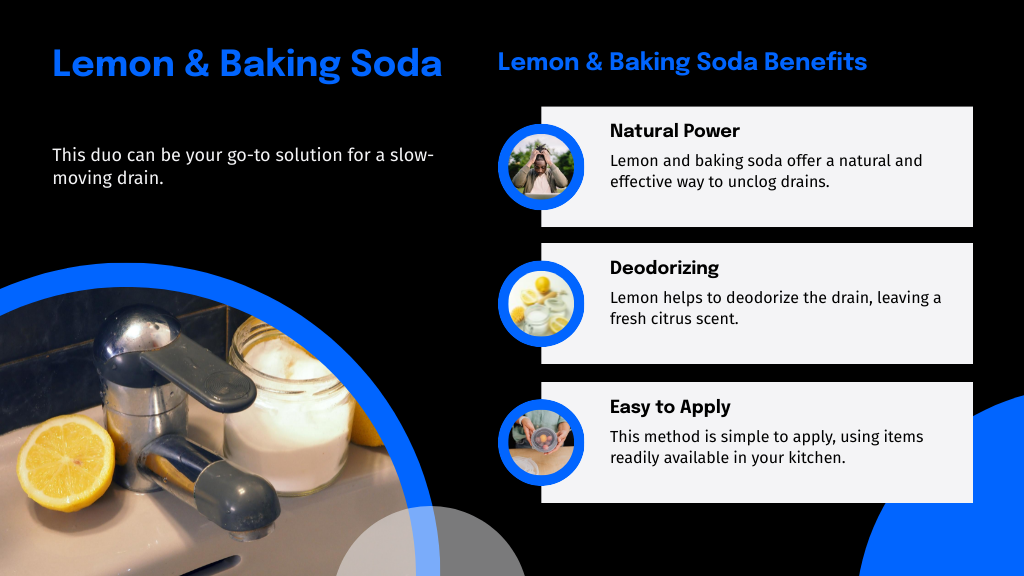
Start by pouring half a cup of baking soda directly into the drain. Next, squeeze the juice of one large lemon over the baking soda. You'll notice a fizzing reaction; that's the mixture working to break down the gunk and grime.
Let it sit for an hour, then flush it down with boiling water. The acidic lemon juice helps to dissolve residues, while the baking soda cleans and deodorizes. It's a simple, eco-friendly way to tackle minor clogs without resorting to harsh chemicals.
Plunger Method for Stubborn Clogs
While lemon and baking soda are great for minor blockages, tougher clogs might require a more hands-on approach. Grabbing your plunger can be the next best step to tackle those stubborn clogs.
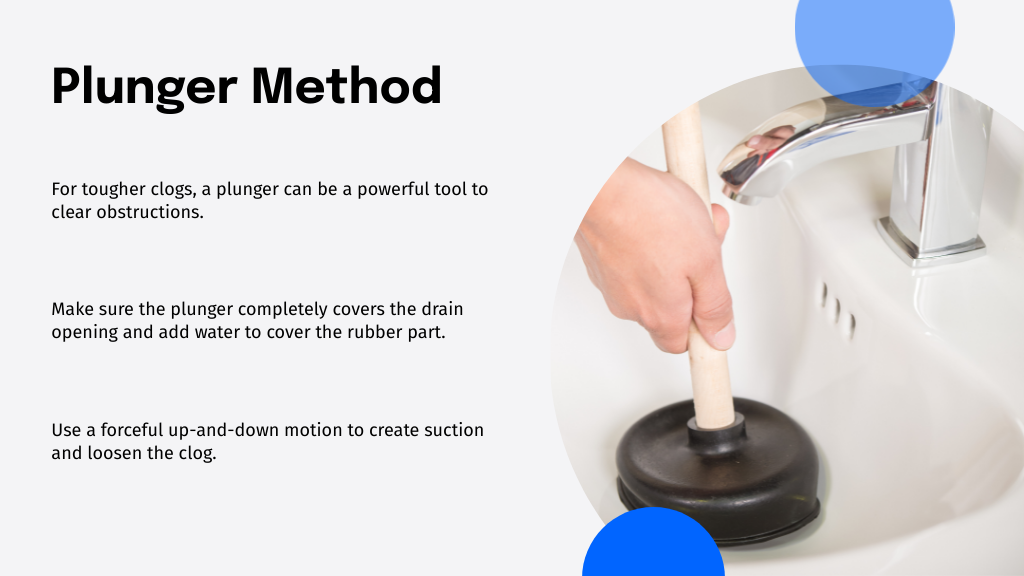
Here's how you can effectively use a plunger:
- Cover the Drain: Make sure the plunger completely covers the drain opening. This seal is essential for creating the necessary suction.
- Add Water: If the sink or tub is dry, add enough water to cover the rubber part of the plunger.
- Plunge Vigorously: Use a forceful up-and-down motion. This action helps loosen the clog.
- Repeat if Necessary: It might take several attempts to clear the clog completely. Don't give up too soon!
Wire Hanger Trick to Remove Obstructions
If you're dealing with a clog that's just out of reach and stubbornly resisting other methods, the wire hanger trick might be your best solution.
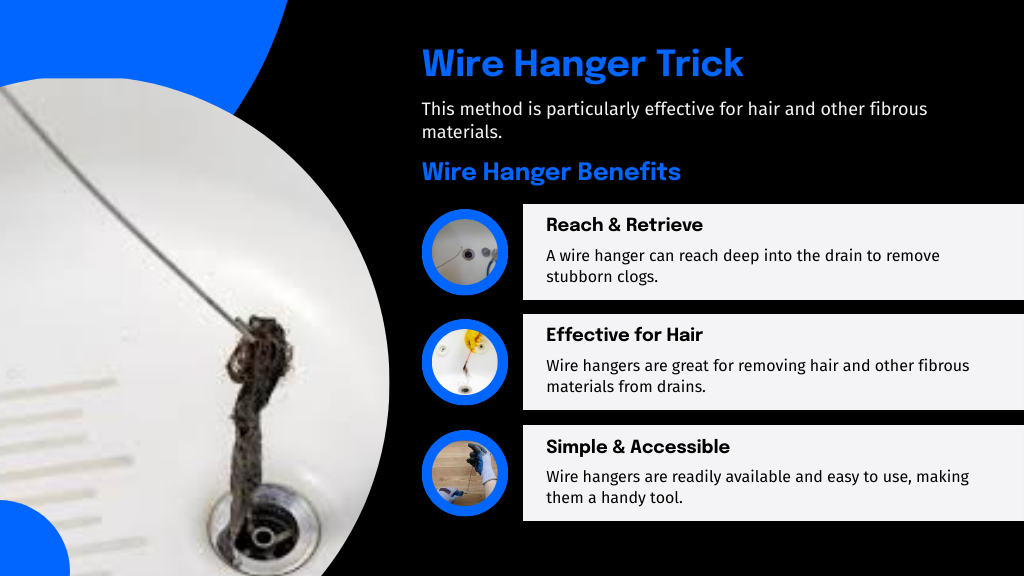
Start by straightening out a wire hanger, but leave the hook intact. This makeshift tool can reach deep into your drain. Carefully insert the hook end into the drain and gently probe to locate the obstruction. Once you've hooked it, slowly pull the debris out. This method is particularly effective for hair and other fibrous materials.
Be cautious not to push the blockage deeper, and avoid scratching your pipes. After removing the obstruction, run hot water to clear any remaining residue, ensuring your drain is completely free-flowing.
Cleaning the P-Trap Yourself

After tackling the initial blockage with a wire hanger, you might find that your drain still isn't as clear as it should be. It's time to check the P-trap — that curved pipe under your sink. Don't worry; you can handle this!
- Turn off the water to avoid any unexpected spills.
- Place a bucket underneath to catch any dripping water or debris.
- Unscrew the P-trap carefully by hand or with a wrench if it's tight.
- Inspect and clean the trap thoroughly, removing any gunk or obstructions.
Once it's clean, reattach it securely and run the water to check the flow. You'll likely notice a significant improvement!
Using a Drain Snake for Deeper Clogs
Even with a clean P-trap, some stubborn clogs may linger deeper within your plumbing system. This is where a drain snake, also known as a plumber's snake, becomes your best friend. It's a tool that reaches far beyond the U-bend to remove obstructions that are tough to reach.
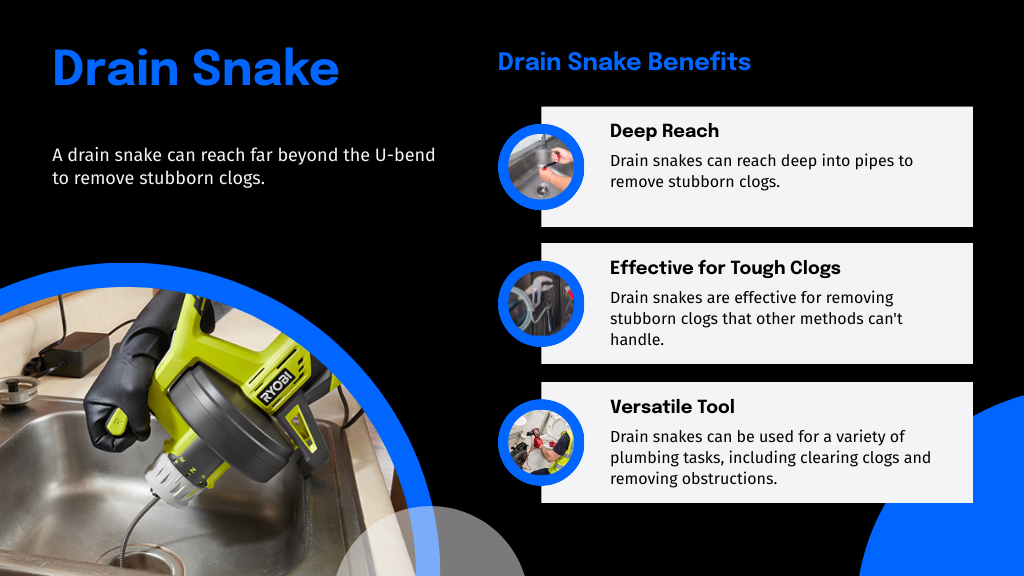
To use it, simply feed the snake down the drain until you feel resistance. Then, gently twist and push the handle to help it navigate through the pipes.
You'll have to apply a bit of elbow grease, but be patient—forcing it can damage your pipes. Once you hook the clog, carefully pull it out. Flush with hot water afterward to clear any remaining debris, ensuring your drain is fully unclogged.
Conclusion
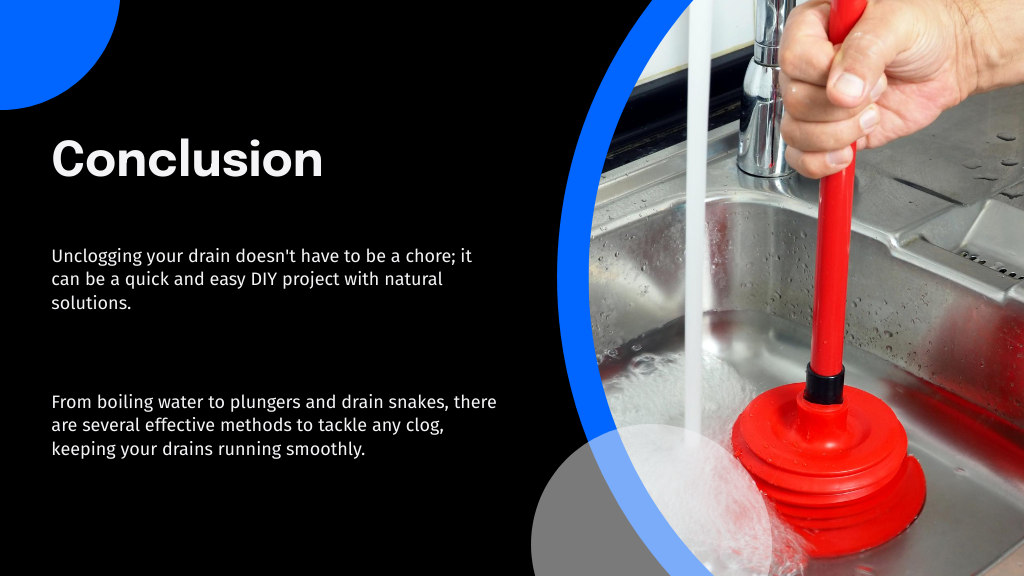
So, you've tried it all—from boiling water to wire hangers—and now you're equipped to tackle any stubborn drain clog DIY-style. Whether it's the fizzing prowess of baking soda and vinegar or the brute force of a plunger, these natural methods aren't just myths; they really do the trick. Remember, keeping your drains clear isn't just about quick fixes; it's about maintaining a clean, functional home. So roll up your sleeves and feel empowered knowing you've got this!


